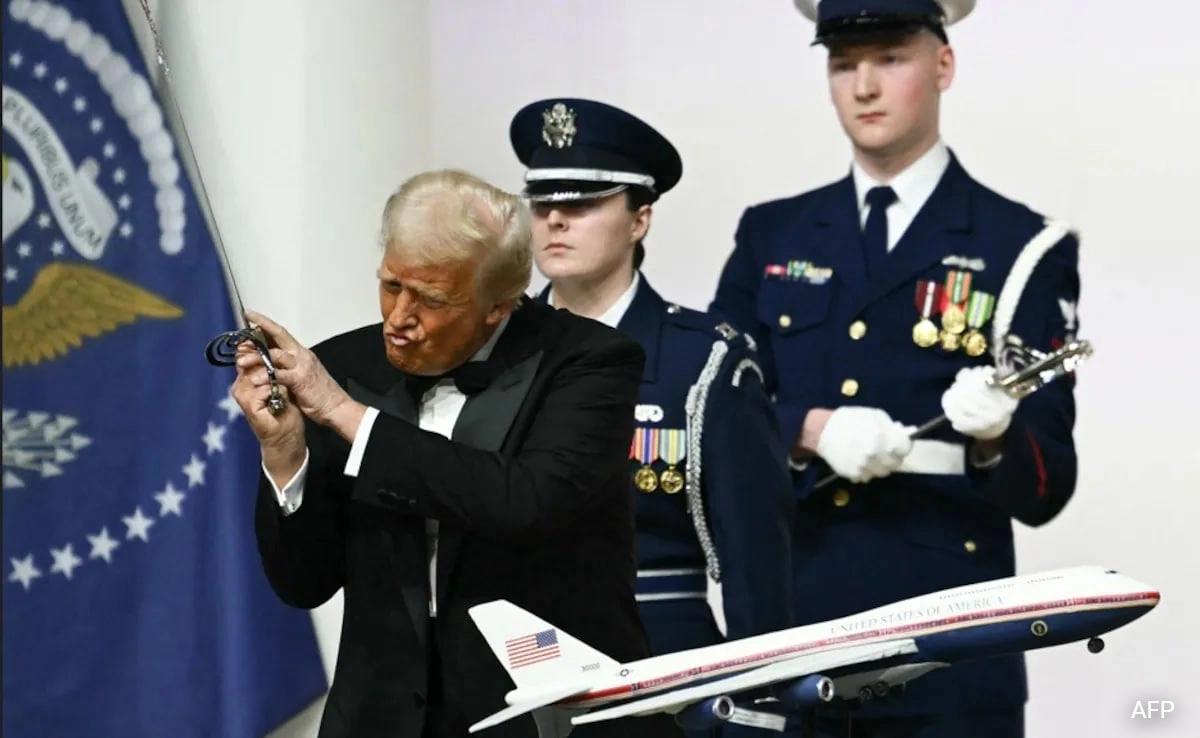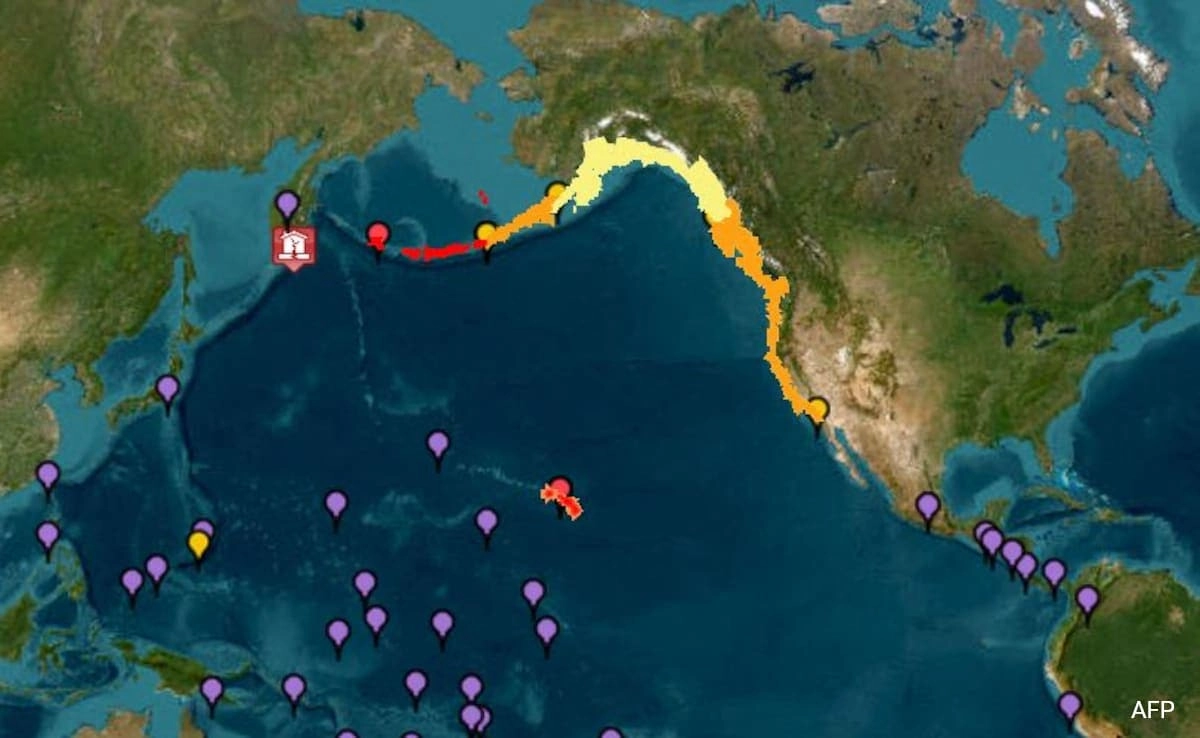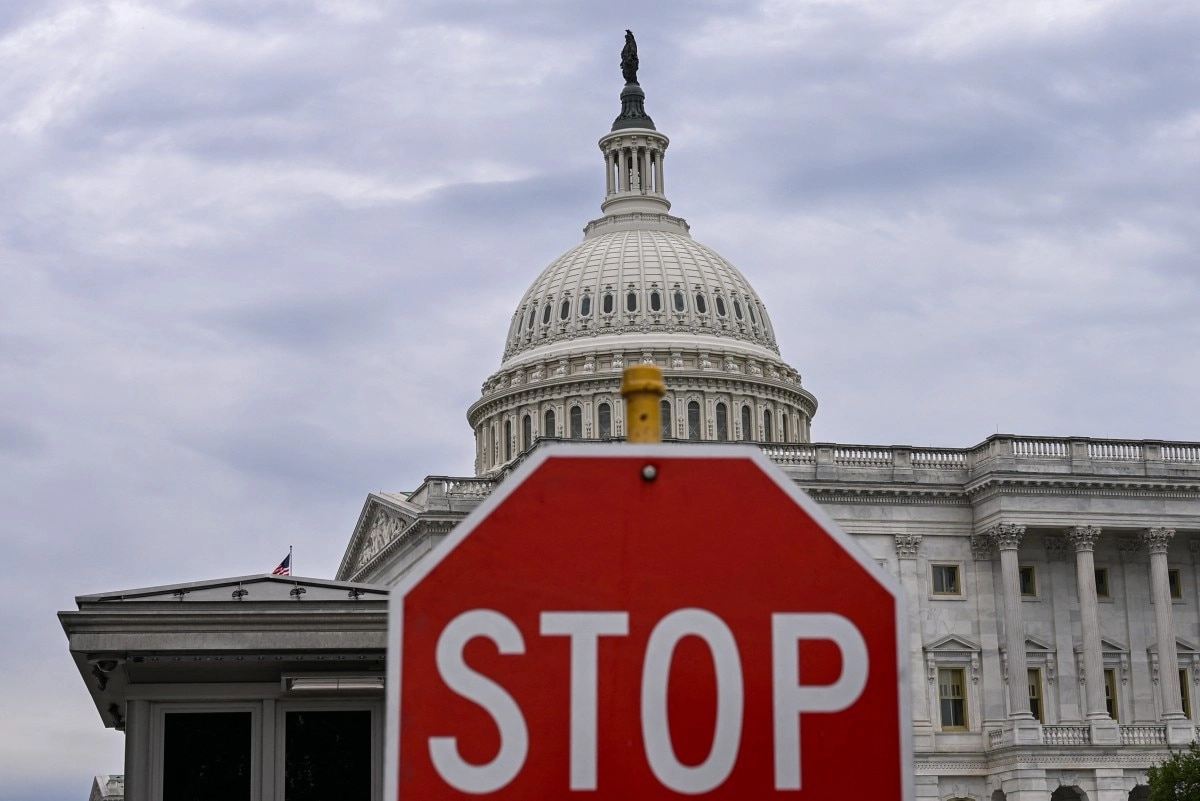In a significant legal development for former President Donald Trump, a U.S. court has issued a ruling that limits the powers of judges to block his administrative orders. This ruling marks a pivotal moment in ongoing legal battles surrounding Trump’s policies and decisions made during his presidency. The court’s decision underscores the complex relationship between the judiciary and executive branches of government, particularly when it comes to the enforcement of presidential directives. The implications of this ruling are far-reaching, as it sets a precedent for how future courts may approach similar cases involving executive power.
The ruling was met with mixed reactions, as supporters of Trump view it as a vindication of his authority and a necessary check on judicial overreach. They argue that this decision reinforces the principle that the executive branch should have the power to carry out its agenda without undue interference from the judiciary. Critics, on the other hand, express concern that such a ruling could pave the way for potential abuses of power, allowing a president to act without accountability or oversight. This tension between the branches of government highlights the ongoing debate about the limits of presidential power and the role of the courts in maintaining a system of checks and balances.
As the legal landscape continues to evolve, this ruling may also influence how future administrations approach their policy initiatives. If the courts are less inclined to intervene in presidential orders, it could embolden future presidents to pursue more aggressive agendas without fear of judicial pushback. Conversely, this could lead to a broader discussion about the necessity of judicial oversight in protecting democratic principles and ensuring that executive actions remain within the bounds of the law. As the implications of this ruling unfold, it will be crucial for legal scholars, political analysts, and the public to closely monitor its impact on the balance of power in the U.S. government.
In conclusion, the recent court ruling represents a significant moment in the ongoing dialogue about the limits of executive authority and judicial intervention. As the nation reflects on the implications of this decision, it serves as a reminder of the delicate balance that must be maintained in a functioning democracy. The interplay between the branches of government will continue to be a focal point in the broader conversation about governance, accountability, and the rule of law in the United States.




